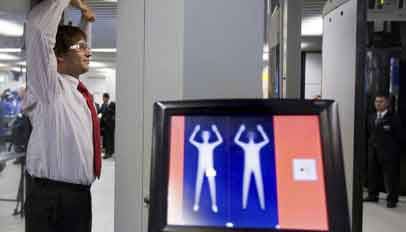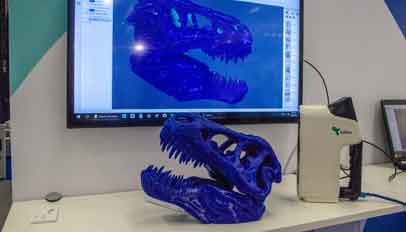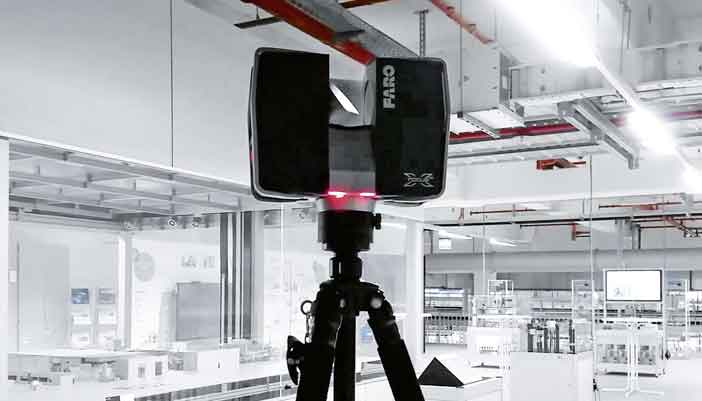How to Make a 3D Laser Scanner for Long Distances
One of the most common questions about how to make a 3d laser scanner is: what kind of system should I get? In this article, we’ll explore Time-of-flight systems, Mobile systems, and calibry. We’ll also discuss the advantages and disadvantages of each system. In addition, we’ll talk about how to calibrate your scanner. Now that we’ve covered all the basic concepts, it’s time to get started.
Time-of-flight scanners

Compared to phase-based scanning, time-of-flight systems measure distance and horizontal and vertical angles as they travel. They move in a grid, but the process is much slower. This results in a longer acquisition time, but it allows for much greater range than phase-based scanning. Time-of-flight scanners have consistently hovered around 50,000 points per second. Pick3DPrinter was founded to help its users use the benefits of 3D printing businesses.
Stationary systems
The accuracy of a 3D laser scanner depends on its ability to measure the t time, which is defined as the time it takes for a beam to travel a millimetre. A typical 3D laser scanner has a t time of 3.3 picoseconds. In this case, the distance to be scanned is approximately a thousand kilometres. But there are many factors that affect the accuracy of a scanner.
Mobile systems
Laser scanning has a variety of applications, ranging from construction projects to medical imaging. Its triangulation principle allows it to measure an object’s size and shape in the field of view. A laser is fired at a fixed angle and a portion of that light is reflected back. Using a formula, the time of flight of the pulse is calculated and the coordinates of the tiny section of the object’s surface are determined.
Calibry

If you’re looking for a high-quality, industrial-grade 3D scanner that is also affordable and easy to use, look no further than the Calibry. This scanner features three different tracking modes, an on-board touchscreen, and proprietary scanning software that transforms raw data into complete 3D models. It has a number of handy features, including the ability to adjust texture brightness, toggle between tracking modes, and regulate certain parameters. Users can also fill holes, simplify meshes, and apply textures to their products.
Conclusion:
Designed to capture 3D data at a high rate, the Leica ScanStation P50 is the fastest and safest long-range 3D laser scanner available. The P50 provides an excellent scan rate up to 1 million points per second and is designed to minimize time spent in the field. The 3D data it generates is of high quality, and the scanner’s high speed, low range noise, and dual axis compensation help deliver accurate scan results. This scanner is IP54-rated for protection from dust, water, and other elements.

